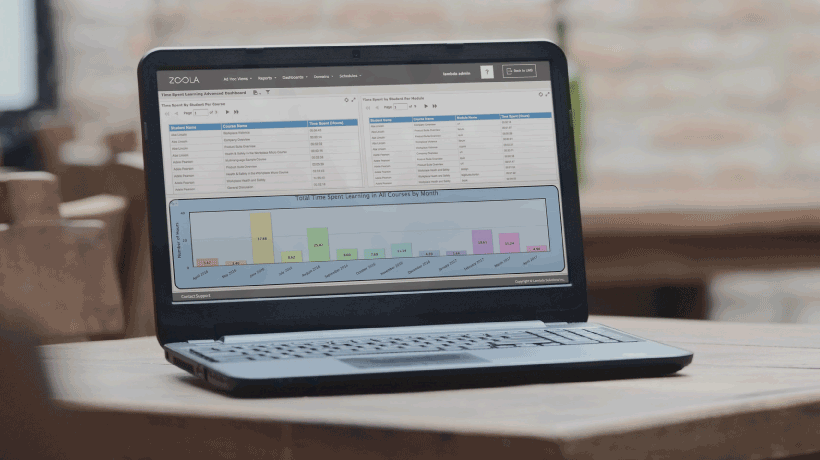The Importance Of Measuring Informal Learning
Modern Learning Management Systems have vastly improved the ability to measure learning activity – and yet, many organizations are still struggling to link learning to organizational performance. Contributing to this issue is the fact that many organizations are unsuccessful when it comes to measuring corporate learning activities that fall under the umbrella of informal learning.
According to Brandon Hall Group’s Learning Measurement 2016 survey, 60% of organizations are “not at all effective” when it comes to measuring informal learning (defined as “learning that takes place typically in an unscheduled, ad hoc form, typically through peer to peer collaboration and social networking”). Similarly, 52% of organizations are “not at all effective” when measuring experiential learning (defined as “on-the-job training, learning by doing, trial and error, and observation”).
Let’s take a closer look at why measuring informal learning is so important for your online corporate training programs, and how your organization can start to measure the right informal learning metrics using your LMS.
According to a Brandon Hall Group survey, the top driver behind the learning measurement approach of most organizations is to improve the effectiveness of learning programs. This suggests that learning professionals desire data that will translate into actionable insights that they can then use to fuel their learning strategy.
The 70:20:10 learning methodology dictates that informal and experiential learning accounts for the majority of the learning process. Excluding informal learning from that picture (or deeming it “unmeasurable”) can create problematic gaps in the understanding your learning effectiveness. Drawing insights and conclusions with missing information will only lead your learning programs astray.
Using Learning Technology For Measuring Informal Learning
So, how can you ensure you’re gathering data that will give you the full picture of of your learning programs? Gathering the data isn’t an issue – after all, the latest learning technology can provide a lot of data.
The challenge comes with distinguishing vanity metrics from actionable metrics. Vanity metrics are metrics that might look good on paper, but won’t help your organization make data-driven decisions. Actionable metrics will provide the insights you need to fuel your learning strategy to improve learner engagement and adoption.
Some social learning metrics that your LMS should be able to provide include:
- Reports on peer review activity.
- Reports on activity per channel.
- Rating on content contributions (user-generated content).
- Sharing activity.
- Content views.
- Answer likes and dislikes.
- Top experts by answer quality.
- Fastest answers by experts.
- Answers marked as "best answer".
Keep in mind that different metrics will tell different stories based on your organization’s goals. Don’t track numbers for the sake of having data – your learning strategy will be far more effective if you’re learning from the right data.
Applying Informal Learning Insights
Informal learning data can help to bring forward a number of insights that can then be used to improve the effectiveness of your learning programs.
For example, informal learning insights (in combination with other LMS data) can help to:
- Increase employee retention.
The cost of employee turnover (both monetary and otherwise) is huge. Looking beyond vanity metrics and truly understanding an employee’s level of engagement with learning can contribute to retention. Similarly, by keeping track of informal learning activity, you can understand whether or not employees are accessing experts in order to gain the information they need to be successful at their role or determining if they’re ready to be promoted internally. - Determine knowledge gaps.
With more and more baby boomers retiring and millennials entering the workforce, companies face the reality of growing knowledge gaps within their organization. Not only can social learning help to fill those knowledge gaps, but informal learning data in your LMS can help determine where they might lie. - Improve learning content.
Informal learning metrics can also help to influence and modify learning content. For example, highly rated informal learning content (e.g., a video uploaded by a top-performing sales rep) can be introduced to a learning program. Similarly, forums and popular Q&A threads can be consolidated into easily consumable learning materials.
Learn how to find better insights using your LMS data. Download Docebo’s free short paper, Beyond Vanity Metrics: How to Discover Actionable LMS Insights.









